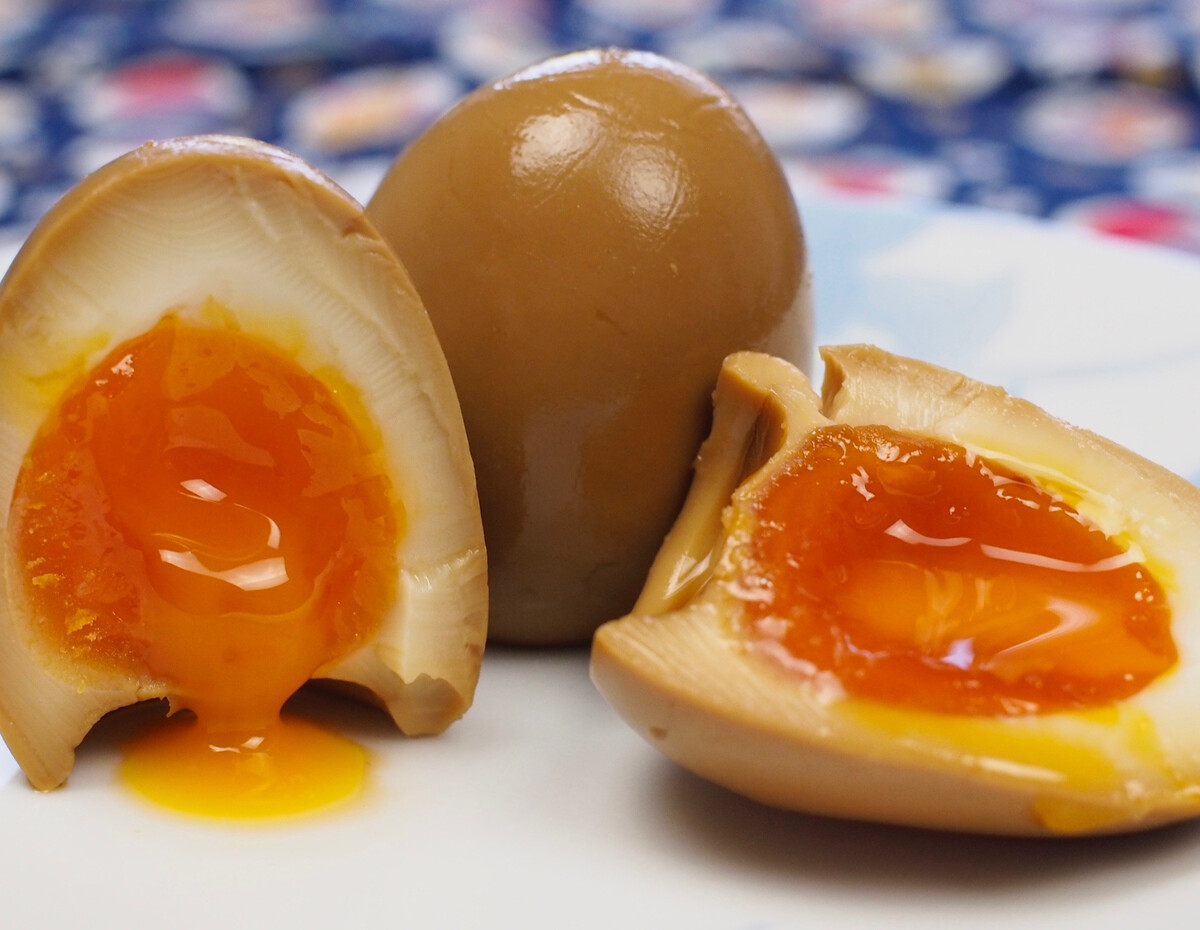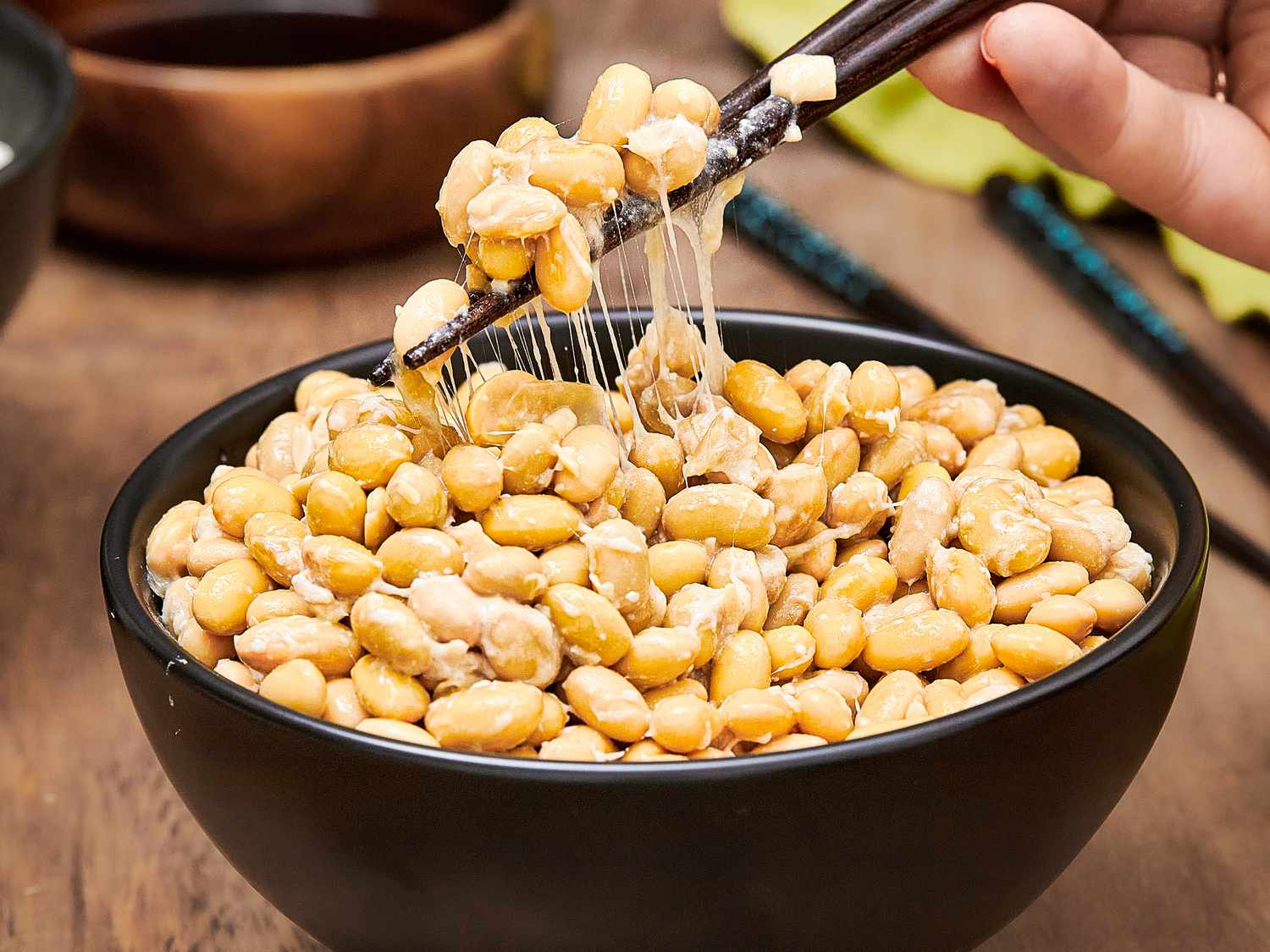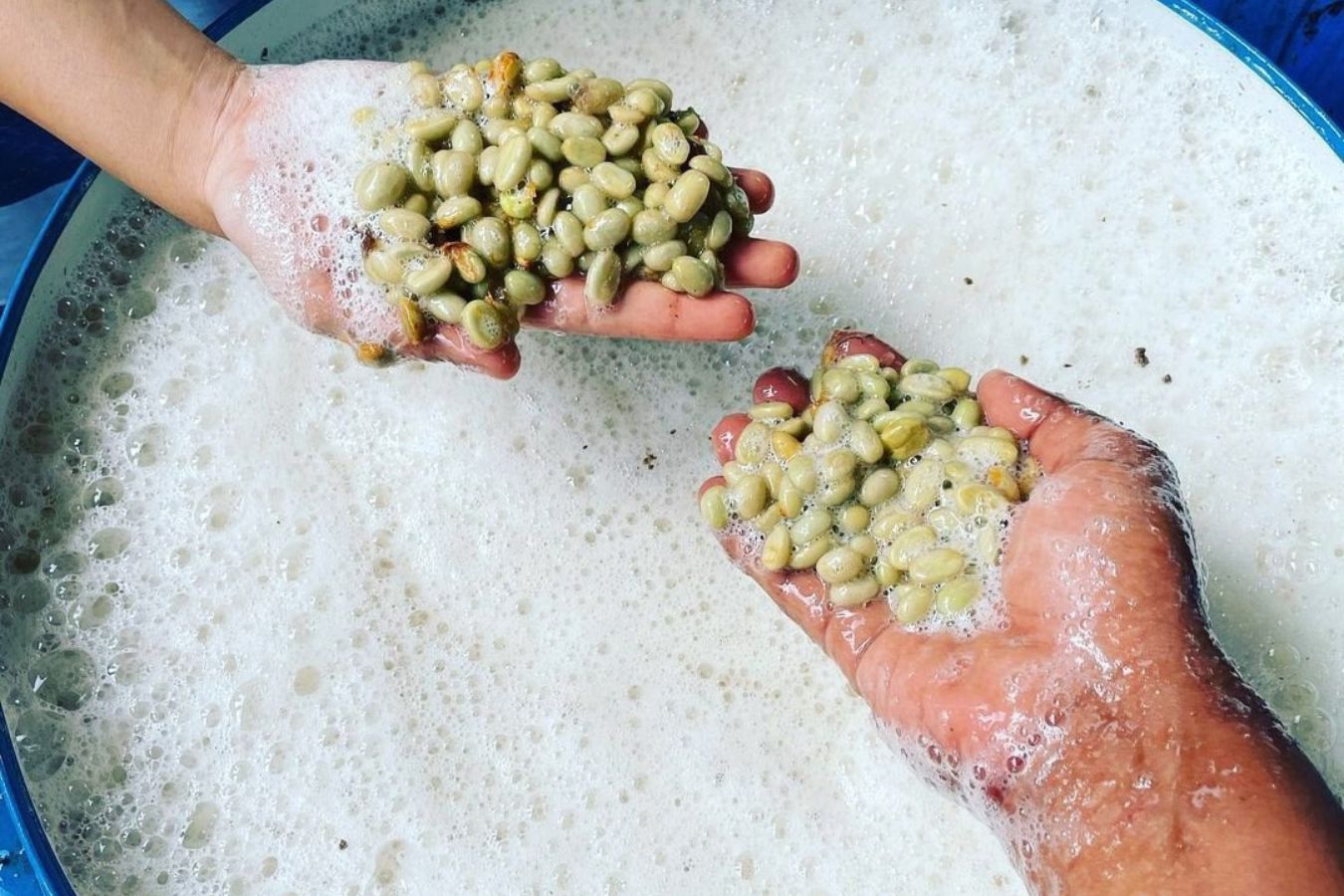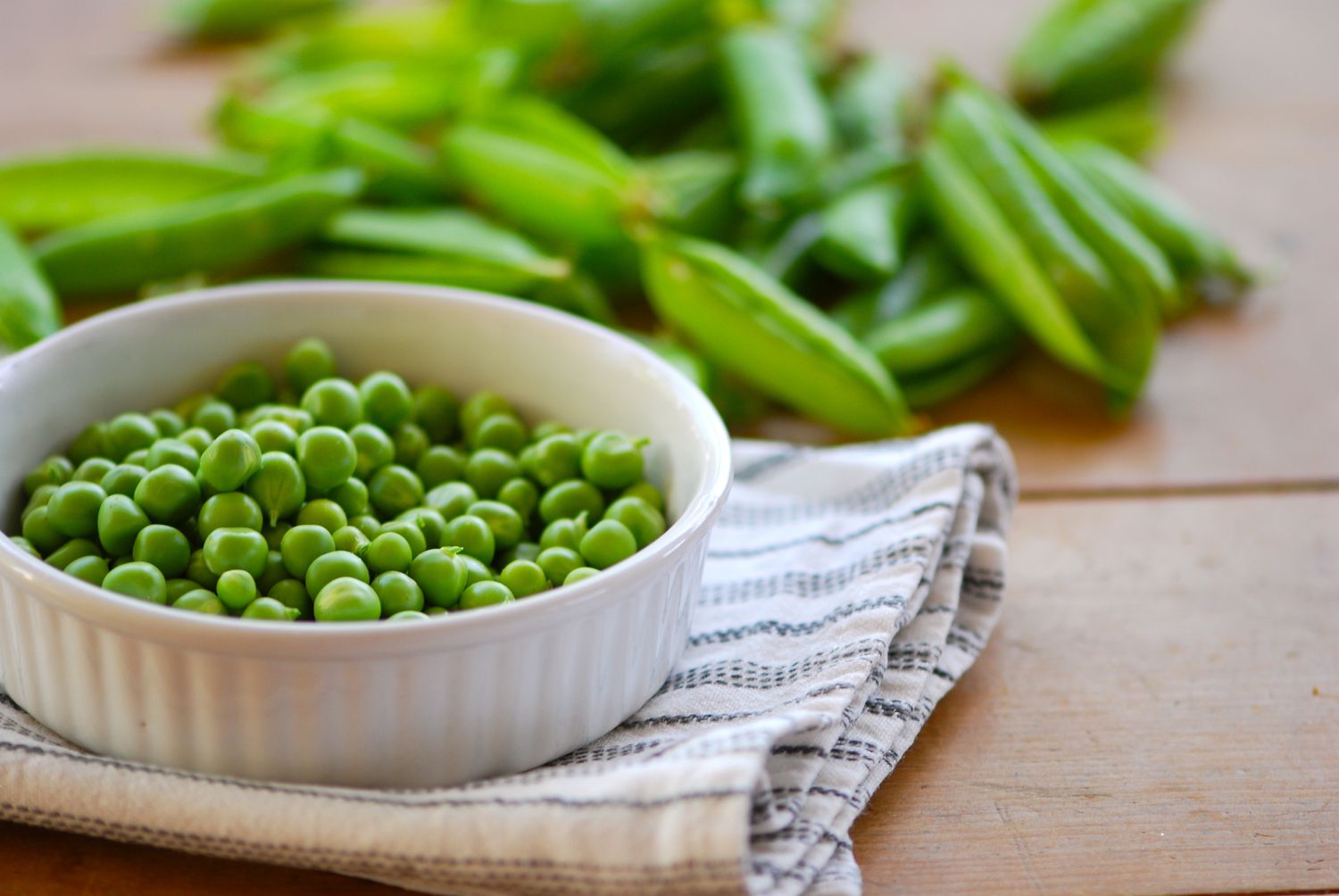What is Fish Fermentation?
Fermenting fish is a traditional method of preserving fish that has been practiced for centuries in various cultures around the world. It involves the use of salt and beneficial bacteria to transform the fish into a tangy, flavorful delicacy.
Why Ferment Fish?
Fermenting fish not only extends its shelf life but also enhances its flavor and nutritional value. The fermentation process breaks down proteins and fats, making the fish easier to digest and increasing the availability of nutrients.
Steps to Ferment Fish
Here’s a simple guide to fermenting fish at home:
- Choose the Right Fish: Opt for fresh, high-quality fish with firm flesh, such as mackerel or herring.
- Clean and Gut the Fish: Thoroughly clean the fish and remove the guts, but leave the skin on.
- Prepare the Salt Mixture: Create a mixture of salt and any desired seasonings, such as herbs or spices.
- Layer the Fish and Salt: In a clean, non-reactive container, layer the fish with the salt mixture, ensuring that each piece is well-coated.
- Weight and Ferment: Place a weight on top of the fish to keep it submerged in the brine that forms. Allow the fish to ferment at a cool temperature for several days to several weeks, depending on the desired level of fermentation.
- Enjoy the Fermented Fish: Once the fish has reached the desired level of fermentation, it can be enjoyed as is or used in various dishes.
Safety Precautions
When fermenting fish, it’s important to follow proper food safety practices to prevent the growth of harmful bacteria. Here are some key safety precautions to keep in mind:
- Use Clean Equipment: Ensure that all utensils and containers used for fermenting fish are clean and sanitized.
- Monitor the Fermentation Process: Regularly check the fish for any signs of spoilage, such as off odors or sliminess.
- Store Fermented Fish Properly: Once the fish has reached the desired level of fermentation, store it in the refrigerator to slow down the fermentation process and preserve its quality.
Recipes Using Fermented Fish
Fermented fish can be used in a variety of recipes to add a unique umami flavor. Here are a few ideas to try:
- Fermented Fish Sauce: Use fermented fish to make a pungent, savory fish sauce that can be used as a condiment or flavor enhancer in Asian dishes.
- Fermented Fish Dip: Combine fermented fish with herbs, spices, and creamy ingredients to create a flavorful dip for vegetables or crackers.
- Fermented Fish Curry: Add fermented fish to a rich, aromatic curry for a depth of flavor that complements the spices and aromatics.
Conclusion
Fermenting fish is a time-honored method of preserving and enhancing the flavor of fish. By following the simple steps and safety precautions outlined above, you can enjoy the unique taste and nutritional benefits of homemade fermented fish. Experiment with different seasonings and recipes to discover your favorite way to incorporate fermented fish into your culinary repertoire.
Was this page helpful?
Read Next: How To Ferment Meat











